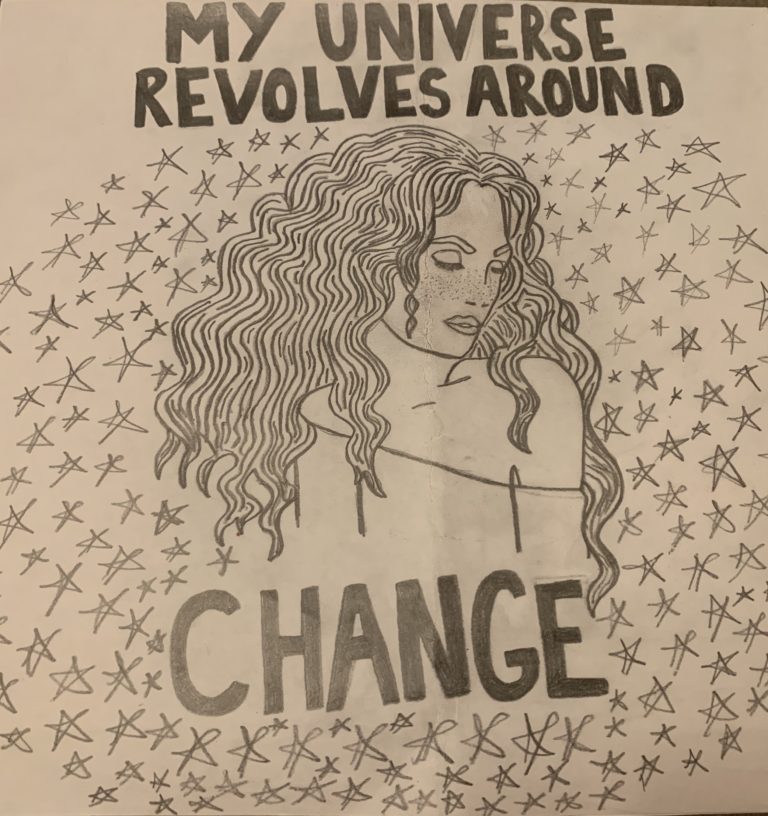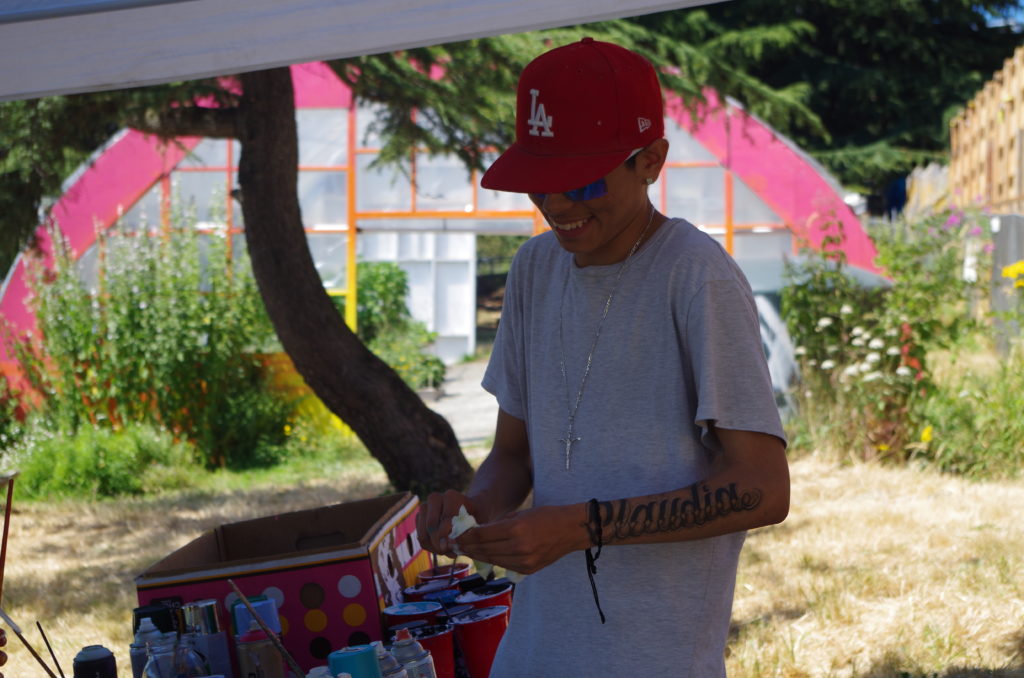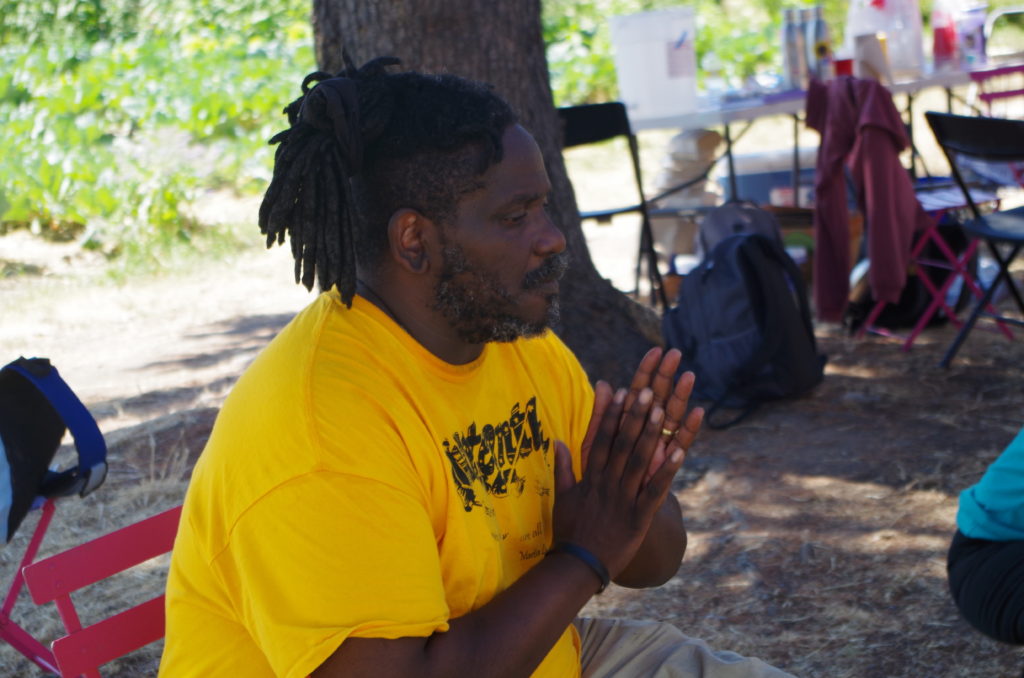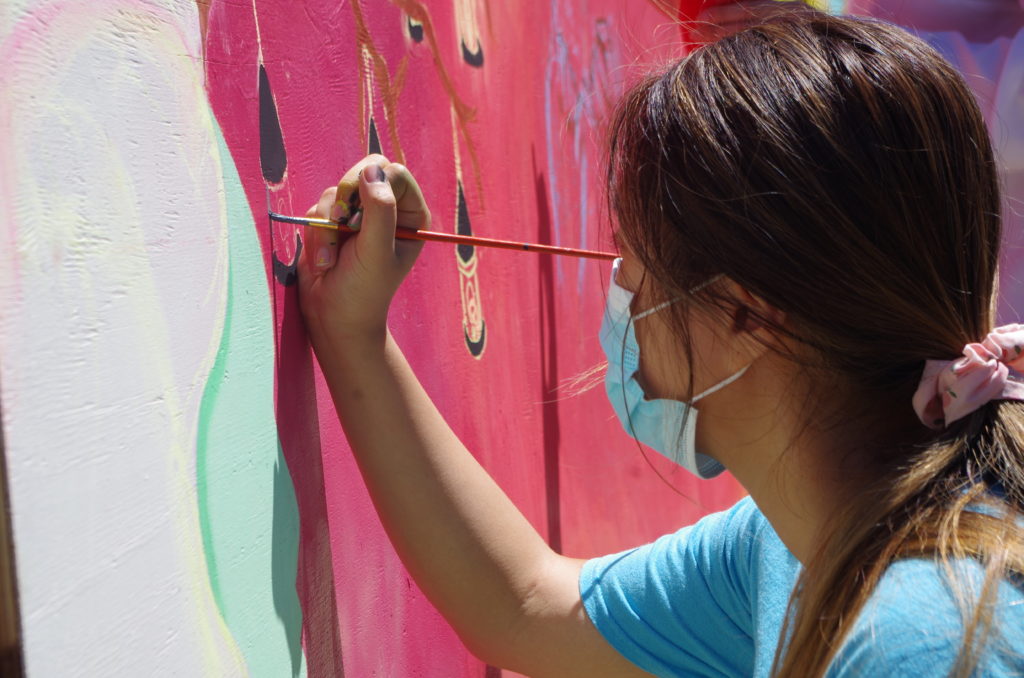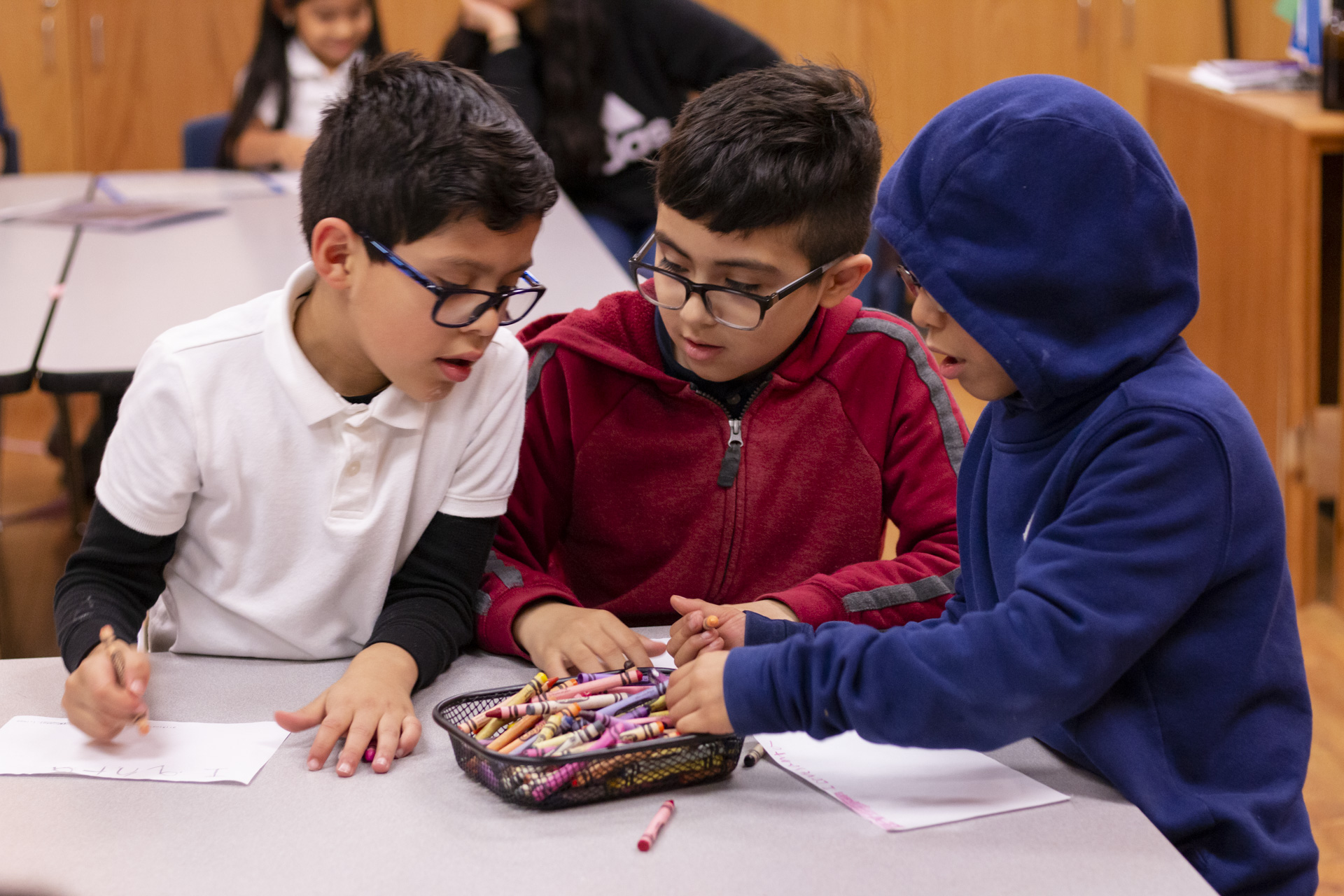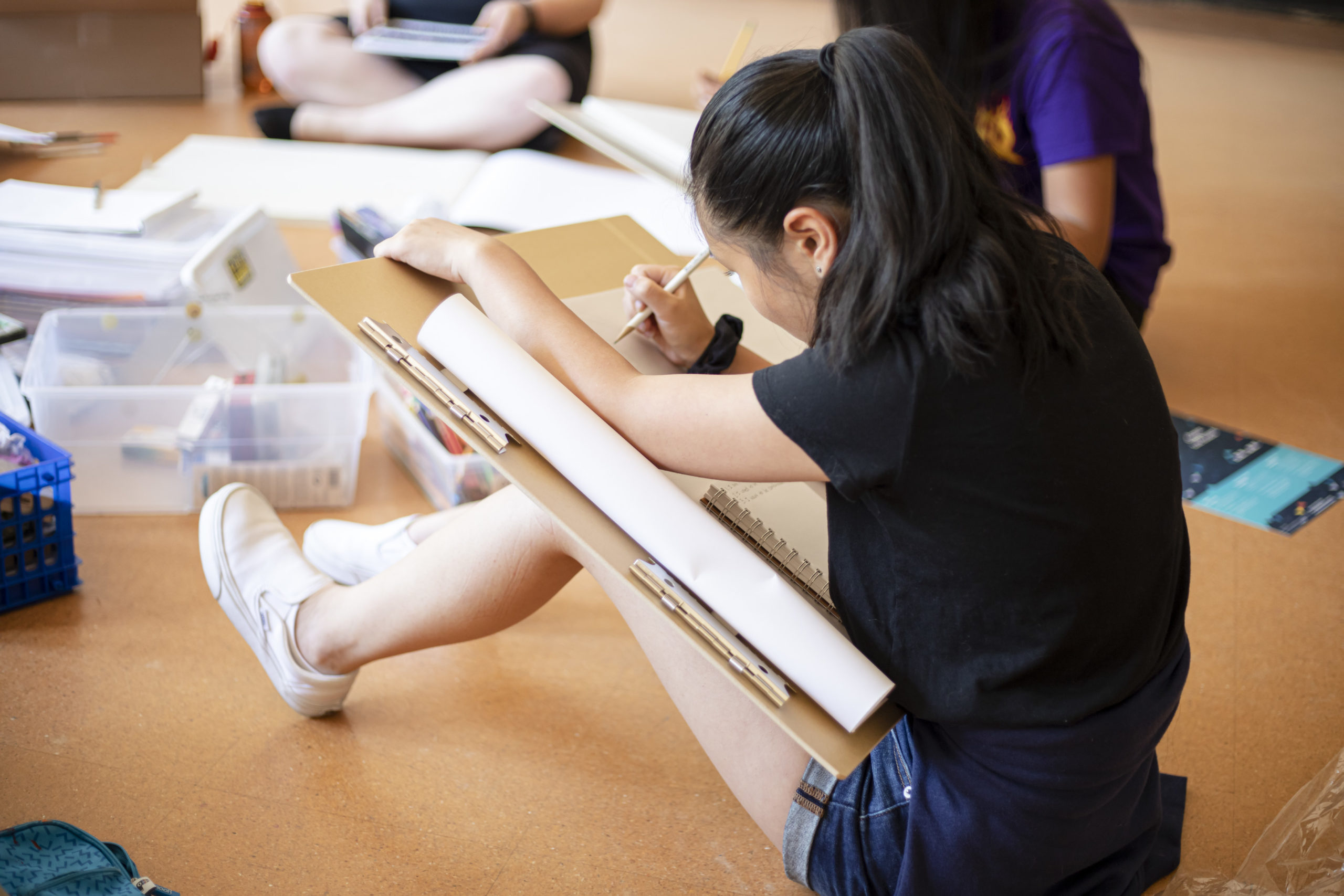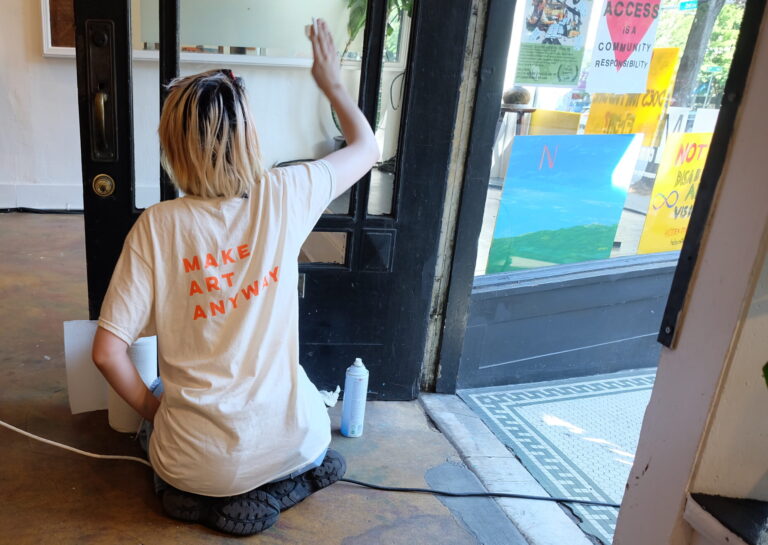
At Arts Corps, we know the necessity of arts education. The skills built through culturally relevant art classes are the skills necessary to understand ourselves, each other, and the world around us. It is through creativity that we are able to navigate the present, and it is through creativity that we will be able to imagine and create a better future. We also know that the cultural sector in our communities has been facing difficult circumstances. Inequities relating to access that have long existed were exacerbated by the COVID-19 pandemic and its lasting effects. We start the school year with many art programs in our community endangered, if not already gone. This is why advocacy for arts education and the greater cultural sector is so important. Thankfully, there are people who have been doing the work.
Inspire Washington is Washington state’s cultural advocacy organization, uplifting the power of science, heritage, and the arts. For several years, they have been working on a program that would increase funding for the cultural sector, thereby increasing access for all people to have culturally meaningful experiences. Recently, they’ve reached a major milestone. Manny Cawaling, Executive Director of Inspire Washington, was kind enough to take a moment amidst the commotion to connect with us and explain what is happening.
First, some background:
Back in 2015, the state of Washington passed a legislature (RCW 36.160) granting local governments power to create a Cultural Access Program in their city or county. This program would be funded by a small sales tax and could make transformative investment in cultural programming.
So far, two communities in Washington have adapted their own program: Tacoma passed a program in November 2018, called Tacoma Creates and Olympia passed one in the spring of 2022, with the name Inspire Olympia.
So, what happened recently?
On Monday, Sep. 25, King County Executive Dow Constantine, introduced legislation to King County Council asking them to adopt the cultural access program. It would be called “Doors Open”. This is a major milestone!
What does this mean?
“Well,” explained Manny, “It means that, if approved by the council, there would be an increase in public investment for cultural programs of over $90 million a year”. This would be a historic investment in the nation. Washington’s creative industry already represents 10.8% of the state’s GDP, so an active investment in the industry would help develop the local and state economy. Still, the true meaning of a cultural access program would be the impact on the community.
Historically, there have been various communities that have been excluded from cultural programs for a variety of reasons, including cost and cultural relevance. Public funding would help bridge this access gap. It can incentivize organizations to create more diverse offerings, and it would increase the possibilities of new programs happening in more places. “There are kids that live in a city in King County who want to be in a youth choir, but their parents can’t drive them across town to the nearest youth choir. Well, with funding that community could start their own, right?”
Space is another big issue in King County. Beyond the problematic fact that people who work in the creative sector often can’t afford places to live, we also lack affordable spaces for exhibitions and performances. More funding means we could build more spaces or renovate the ones which already exist. We can make spaces more accessible, so that a greater number of people can enjoy them.
Finally, the investment would directly impact people. “I know that [when running cultural organizations] half of my budget was always, at least half of my budget was always people.” Manny shared, “I feel very confident that investing over $90 million in cultural programs will build jobs, build cultural and creative jobs.” Not only that, but the jobs which already exist could improve their wages. Currently, the wages in Washington’s cultural sector can’t compete with other industries. As a result, creative and cultural workers are either changing sectors or leaving the state of Washington. This funding can help create the resources which people need to stay in the area and stay in the sector.
What happens next?
A cultural access program in King County is still not a done deal. It must be approved by the King County Council, who is currently debating it.
One of the issues that are being discussed is the sales tax which would pay for the program. The tax is modest, $40 per year per household. However, Manny explained that some argue against it because it’s regressive, meaning it disproportionately affects lower-income communities. The argument on behalf of the sales tax is that the program is focused on providing resources to these same low-income communities, who are currently being under-served.
“I have a really on-the-ground perspective.” Manny tells us, “My dad was a machinist in Boeing. We were a Filipino American family, one-income household, we couldn’t afford a lot of things. But my dad also understood the value of a good deal. He loved museums, so he was always looking in the newspaper and reading newsletters finding out when there were free days, and that is how he pieced together cultural experiences for us. So I will agree that sales tax is regressive. I also understand this program will overdeliver for communities that are low income.”
In the 2022-23 school year, 69% of the youth Arts Corps served were on free or reduced lunch. Many of our families are facing the very real challenges of economic disparity. These same families are the ones who consistently give us the same feedback, quarter after quarter, year after year: provide more programming. Parents and students alike wish there were more classes, on more days, for longer periods of time. They understand the value of art and the fact that their communities deserve to experience the beauty and joy it brings. Our staff and faculty do their best to create as deep of an impact as possible, but we are ultimately restricted by limited funds. Many organizations are in similar positions.
The rich, tangible value that a Cultural Access Program would provide to our youth, families, and communities is the reason why we must advocate for it to pass. Funding means more access to museums, more art classes, more beauty and joy for everyone. This program is an opportunity for us as the public to prioritize creativity and to invest in ourselves and each other.
How do we help?
The fact that King County Council is debating the Doors Open Program means that we have an opportunity to share our creativity and the deep impact it makes in our life. On Nov. 1st, the council will be holding a hearing that the community can attend virtually. It is important to display large community support, so please attend.
During the hearings, the council will be listening to testimonies. As a community of artists, we understand the power of a story. As a community of artists, now is the time when our stories can spur action. Each testimony lasts only about a minute or two. If you would like to testify about why this issue matters to you on Nov. 1 at 9:30am, you can sign up here.
Thank you to Manny for helping us understand the significance of this moment, “It matters because there have been people and communities across King County that historically have not had access to programs and that’s not right. There’s no justice in that. Arts Corps is of course an arts organization, but you are also a social justice organization. We need to make sure that the communities that you serve get the same level of access as other communities. This is an urgent need. It’s about equity.”
Learn more about the proposed Doors Open program here.
—GRECIA M. LEAL PARDO, Development and Communications Coordinator
Read More
